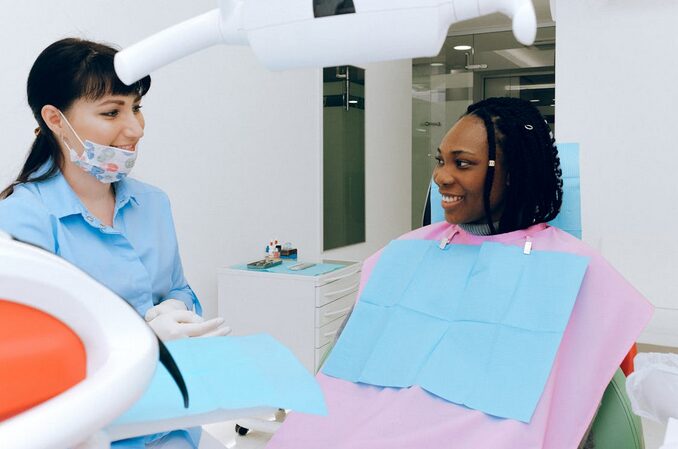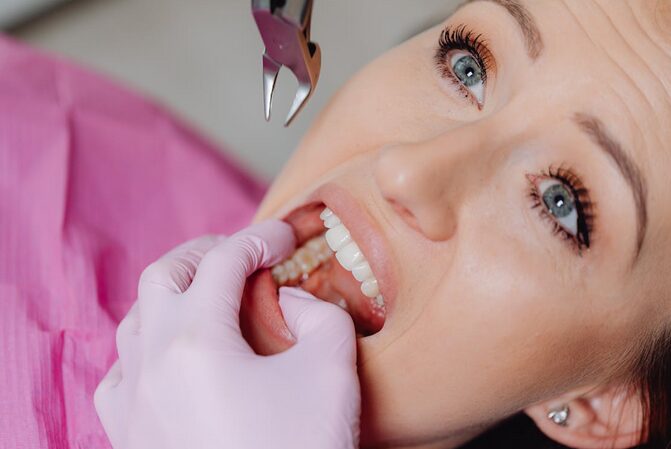Testosterone plays a central role in men’s health. It affects energy, mood, cognition, muscle mass, and sexual function. When testosterone levels decline, many men notice changes that impact daily life. Testosterone Replacement Therapy (TRT) can help restore hormone levels and improve overall well-being with a personalized approach for every man. Understanding its effects on energy, mood, and brain function is essential for men considering therapy.
Low Testosterone and Fatigue
Persistent fatigue is one of the most common symptoms of low testosterone. Men may feel drained even after a full night’s sleep. Daily tasks can feel overwhelming, and motivation may decline. TRT has been shown to increase energy levels in men with clinically low testosterone. Many report feeling more alert, focused, and able to engage in daily activities with less exhaustion.
Mood and Emotional Well-Being

Testosterone influences mood and emotional regulation. Men with low levels often experience irritability, anxiety, or mild depression. Emotional fluctuations can affect relationships, work performance, and overall quality of life. TRT can help stabilize mood, reduce irritability, and improve feelings of well-being. While it is not a substitute for mental health care, it can complement other strategies for emotional balance.
Physical Vitality
Energy and cognition are closely linked to physical health. Low testosterone often contributes to reduced muscle mass, weaker strength, and slower recovery. These changes can further exacerbate fatigue and impact mood. TRT supports muscle growth, increases endurance, and enhances overall physical vitality. Feeling physically stronger can, in turn, reinforce emotional stability and mental alertness.
Cognitive Function and Mental Clarity

Declining testosterone can affect cognitive abilities. Memory, attention, and problem-solving skills may suffer. Men may find it harder to focus at work or retain information. Research suggests that TRT can improve cognitive function in men with low hormone levels. Mental clarity, sharper focus, and quicker decision-making are commonly reported benefits. This improvement can positively impact both professional and personal life.
Lifestyle Factors and TRT
TRT works best when combined with healthy lifestyle habits. Regular exercise, particularly strength training, complements hormone therapy by boosting energy and supporting mood. A balanced diet rich in nutrients supports hormone production and cognitive function. Adequate sleep is vital for recovery, mental clarity, and emotional well-being. Combining TRT with these habits can maximize results. Regular blood tests monitor testosterone levels, red blood cell counts, and liver function. Doctors adjust dosages as needed to maintain optimal hormone levels. Continuous monitoring ensures therapy remains safe and effective while minimizing potential risks. Men considering TRT should discuss the benefits and risks with a healthcare professional to make informed decisions.

Who Can Benefit From TRT?
Not all men with low testosterone require therapy. Symptoms, age, overall health, and personal goals play a role in deciding whether TRT is appropriate. Men experiencing persistent fatigue, mood disturbances, or cognitive difficulties despite healthy lifestyle habits may benefit from hormone evaluation. Personalized therapy, guided by a healthcare professional, ensures the best outcomes and minimizes risks.
Testosterone Replacement Therapy can significantly improve energy levels, mood, and cognitive function in men with low testosterone. By restoring hormone balance, TRT can help men feel more alert, emotionally stable, and mentally sharp. Coupled with healthy lifestyle choices, therapy enhances overall vitality and quality of life. Understanding its benefits and working closely with a healthcare professional ensures safe and effective results. For men struggling with fatigue, mood changes, or cognitive challenges, TRT offers a pathway to renewed energy and mental clarity, supporting a more active and fulfilling life.…



